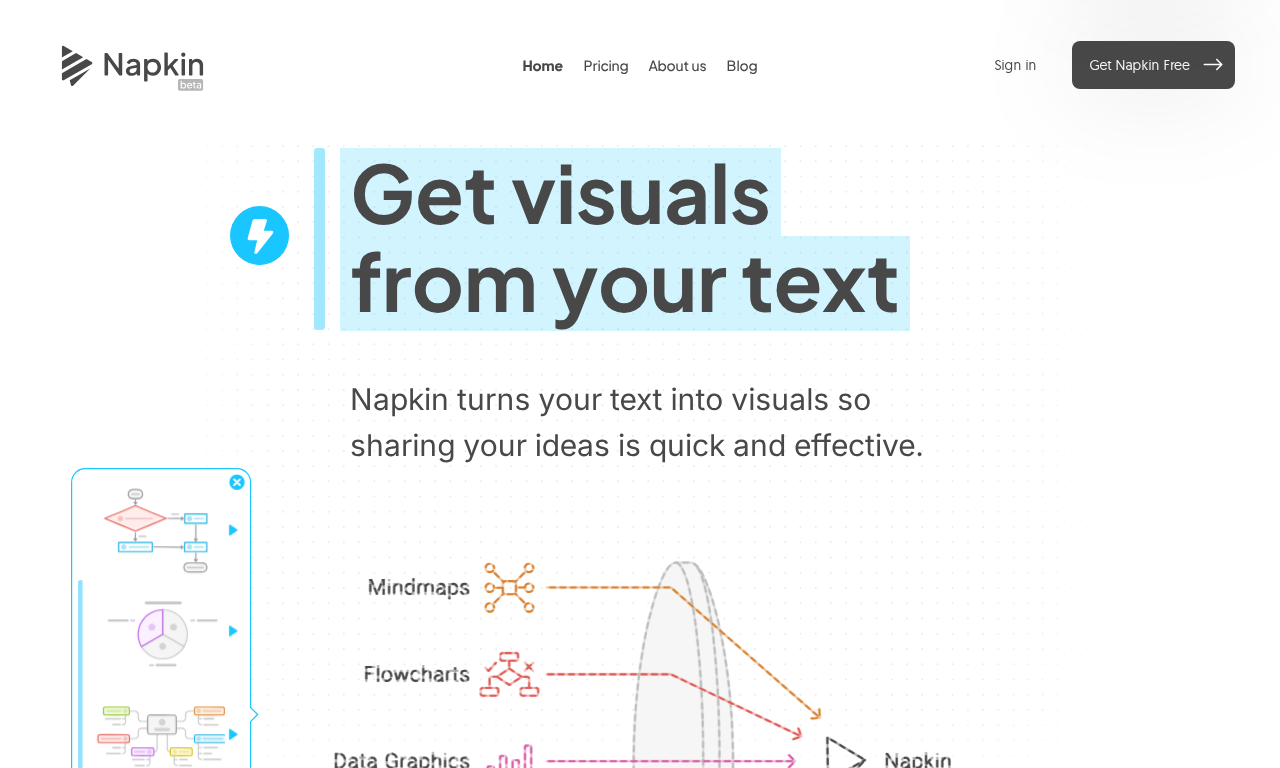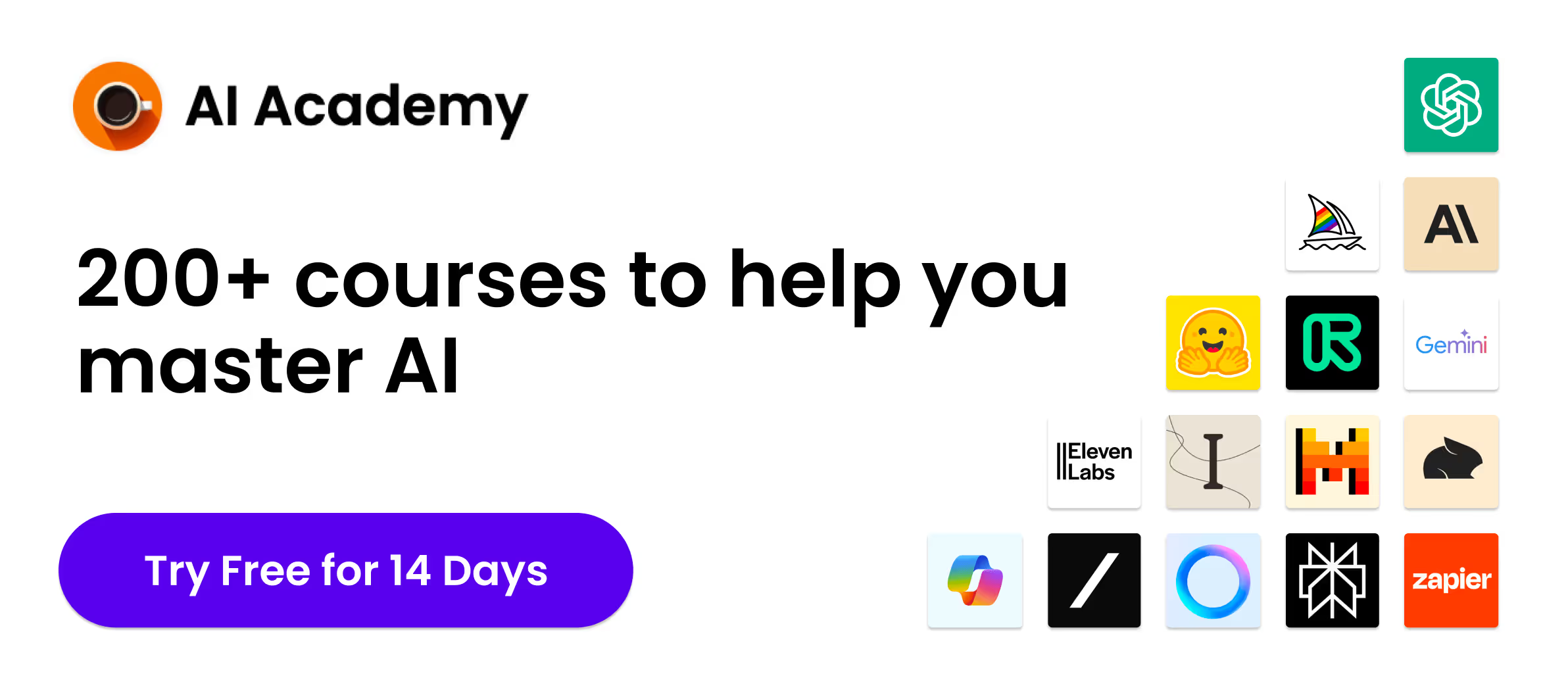What Is Napkin?
If you write, research, or just hoard interesting links, you probably know the pain of buried notes. They vanish into old notebooks, half-forgotten Google Docs, or a black-hole bookmarks folder. Napkin is the digital scratch pad that promises to bring them back to life.
Built for thinkers who collect highlights as they read, Napkin sweeps those snippets into a single home, then uses lightweight AI to surface related ideas when you actually need them. Think of it as a personal curator for your own words: always on, always suggesting fresh connections, never nagging you with cluttered folders.
Unlike heavyweight knowledge-management suites that demand rigid tagging systems, Napkin is ridiculously quick to adopt. You clip, you stash, and the app quietly weaves the invisible threads. When it is time to outline a blog post, brainstorm a talk, or just jog your memory, Napkin hands you a ready-made set of jumping-off points.
[cta text="Try Napkin for Free"]
Napkin’s Core Features
Below are the headline capabilities that make Napkin feel more like a mini research assistant than a plain note-taker.
Quick Capture Anywhere
Hit a keyboard shortcut, highlight a sentence on the web, or snap a thought on mobile — it all drops straight into your “Stash.” No folder decisions, no context switching. Napkin’s browser extension works on Chrome, Edge, Brave, and Safari, while the iOS and Android share sheets send snippets in a single tap.
AI-Powered Connections
Once the note lands in your library, Napkin’s graph engine compares wording, topics, and existing clusters. The algorithm isn’t just matching keywords, it weighs context to reveal subtle patterns. Over time you end up with a network of ideas that would take hours to map manually.
Daily Idea Surfacing
Open Napkin each morning and you are greeted by five to eight resurfaced notes — a mini “idea lottery” that sparks reflection. You can swipe away the irrelevant ones or pin what feels inspiring. Users often describe this feed as the antidote to writer’s block because it nudges forgotten gems back into focus.
Visual Canvas for Writing
Drag any note onto a blank canvas, shuffle cards around, and turn them into linear prose. Every card keeps a link back to its original source, so citations and attributions stay intact. When the draft looks solid, export straight to Markdown, Google Docs, or your CMS.
Napkin Chat (2025 Edition)
The newest trick: a ChatGPT-style prompt that limits its knowledge base to your notes. Ask, “Give me three talking points on remote work culture” and Napkin Chat assembles a short answer with inline links to every supporting snippet. Because the model never leaves the private note store, you keep full control over data exposure.
[cta text="Try Napkin for Free"]
Pricing: Simple, Subscription-Based
Napkin keeps the menu short.
• Free Plan – Up to 200 notes, limited resurfacing, and basic export. Perfect for kicking the tires.
• Pro Plan – $12 per month billed monthly or $8 per month if you pay annually. Unlimited notes, full AI connections, mobile access, and priority support.
• Teams – $20 per seat per month. Shared libraries, granular permissions, and admin analytics designed for research groups or content agencies.
Every tier starts with a 14-day trial, no credit card asked. Students get a 30 percent discount, and all plans can be cancelled online without emailing anyone.
[cta text="Try Napkin for Free"]
FAQ
Is Napkin available on mobile?
Yes. Native apps for iOS and Android support quick capture, offline reading, and the resurfacing feed. The visual writing canvas remains desktop-only for now.
Does Napkin work with Kindle highlights?
It does. Connect your Amazon account or upload the My Clippings.txt file, and Napkin imports highlights with book metadata intact.
How secure are my notes in Napkin?
All data is encrypted in transit and at rest. Pro and Teams users can enable two-factor authentication. According to the company, no training data ever leaves the EU-hosted servers.
Can I export my data from Napkin?
Absolutely. One click produces a zipped Markdown archive complete with image assets and JSON for graph nerds who want to migrate elsewhere.
Does Napkin replace traditional note-taking apps?
Not necessarily. Many users still draft long-form notes in Obsidian or Evernote and let Napkin handle highlight capture and idea resurfacing. Think of it as the connective tissue rather than the entire body.
Final Thoughts
Napkin is deceptively simple: capture, forget, rediscover. The magic lies in that last verb. When an app turns buried fragments into living building blocks, the payoff is more than an organised archive — it is faster creativity.
If you already maintain a polished Zettelkasten system, Napkin might feel too hands-off. But for the 95 percent of us drowning in random screenshots and half-written tweets, the tool offers a low-friction way to make sure those bits never go to waste.
After two months of use, I keep coming back for the morning surfacing ritual. It is like having a friend who remembers every book quote I loved and casually drops it into conversation at just the right moment.
That, in 2025, is an experience worth the price of a couple coffees a month.


